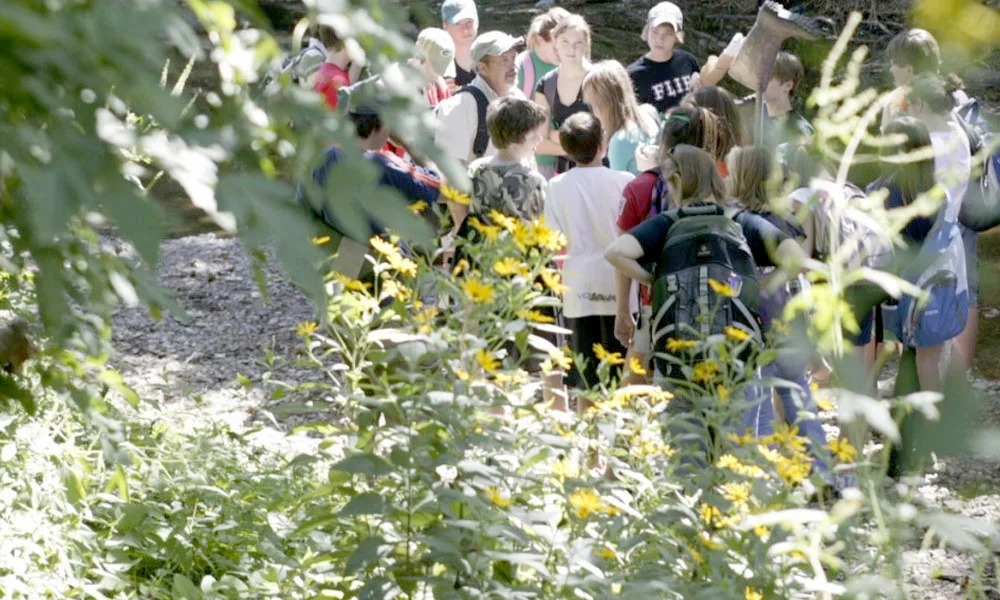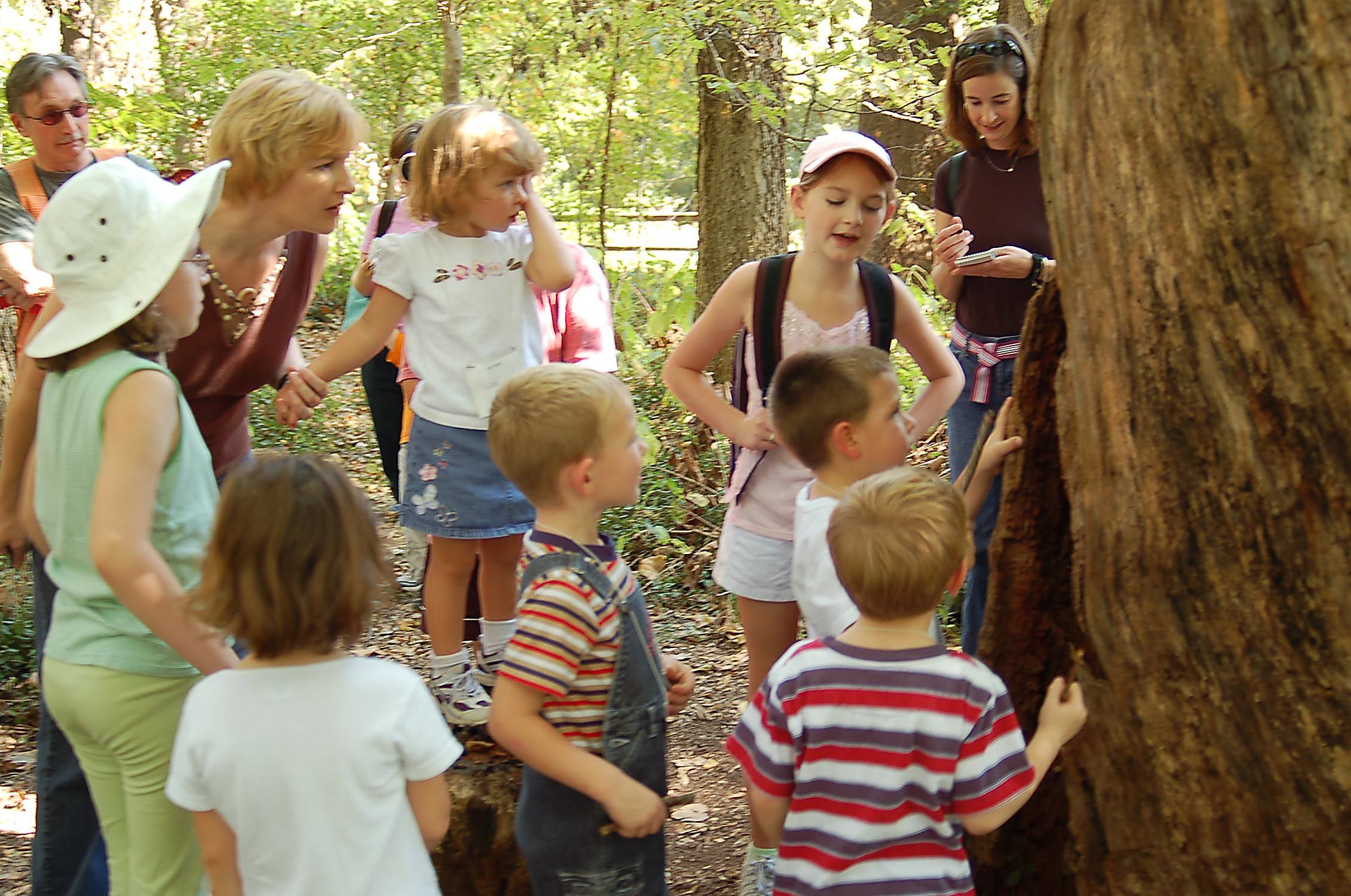When asked, "What are you most proud of this year?" Kelley Boyd, a first grade teacher at Buffalo School 33 wrote the following... What am I most proud of...?
How transformed I've become this school year. Here are a few examples.
I felt very displaced when I learned that I could not use the borders that I'd invested in and the bulletin board paper that I'd purchased to match my borders. I did not want to take away the color that I've become so accustomed to in an elementary classroom. Now, I am excited to create a welcoming, comfortable, well-designed environment that features beautiful student work instead of commercial school decorations.
I was resistant to the philosophy behind projects and inquiry-based teaching as well as the Reggio Approach. I only wanted to do it for one hour. I thought to myself... "OK, I can just get through the hour." My prep was during our Reggio "time" and I loved that until half way through the year. Then, I stopped taking my preps because I became so engaged in the projects with the students.
I was terrified of writing with first graders. Now, I can't wait to do more next year. I made my first book with my students about a field study to the zoo, and I want to do so many more.
I'm not very artistic, or at least haven't been properly trained to be artistic. Now, because I am learning too, I find myself helping my students to look closely, to see different lines and to find new ways to portray their drawing.
All year, I have been looking for my assistant principal's approval. I now realize that when I became engaged and excited about learning, design, authentic experiences and meaningful student work, I also became proud of myself and my students. That my colleagues and my assistant principal are proud of me too is no surprise and such a confirmation.
I've come so far. I want this kind of learning to spread and happen all day long.
This is the kind of transformation that we would all love to see. It is the kind of dramatic change in persepctive that makes teaching and learning and work in schools worth it. When we see this kind of turn around in teachers or in students, everyone wants to shout for joy. Think of all the other transformations that come with this...lack of happiness to joy, resistance to taking on a challenge and working through it, discomfort to risk-taking, boredom to excitement, individuals to teams, hum drum to beating the drum....
Ashley and I are so fortunate to work with all kinds of schools and all kinds of teachers who are willing to take risks and to change...who are willing to grow and improve for the benefit of all the children they teach and all the colleagues with whom they work. There is a ripple effect created in this kind of transformation, in people and in school cultures. This is the kind of momentum we all could use.





